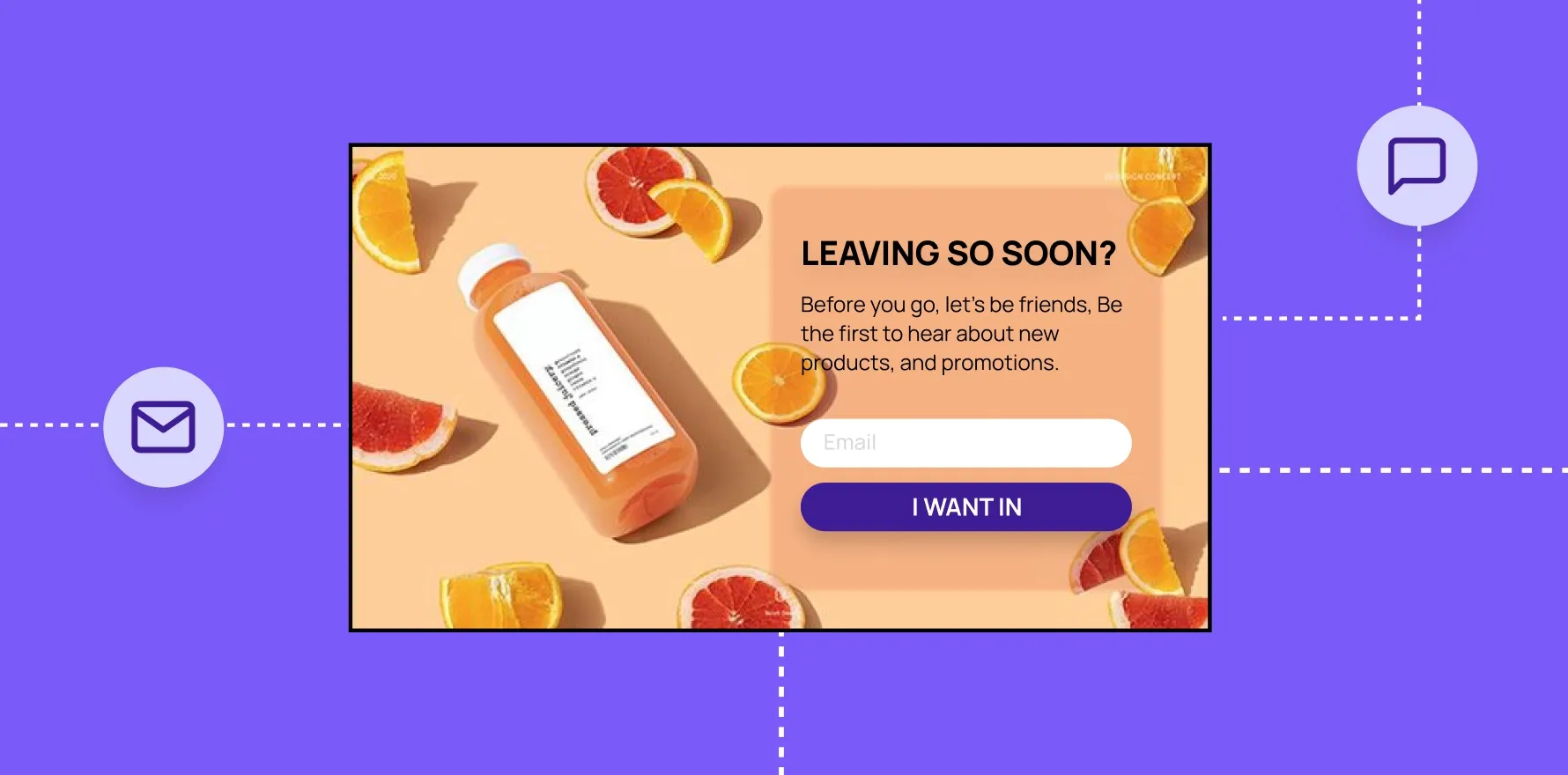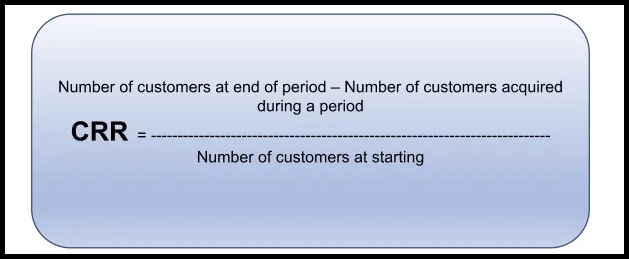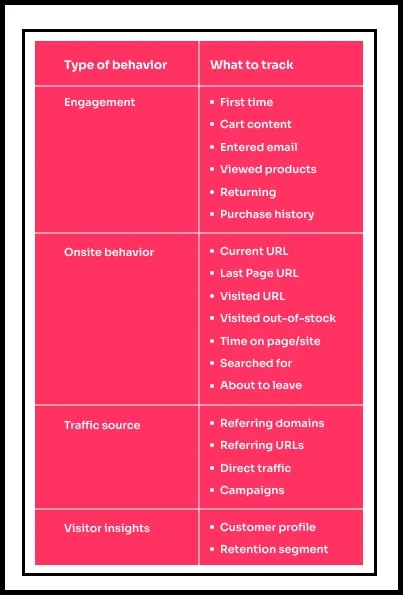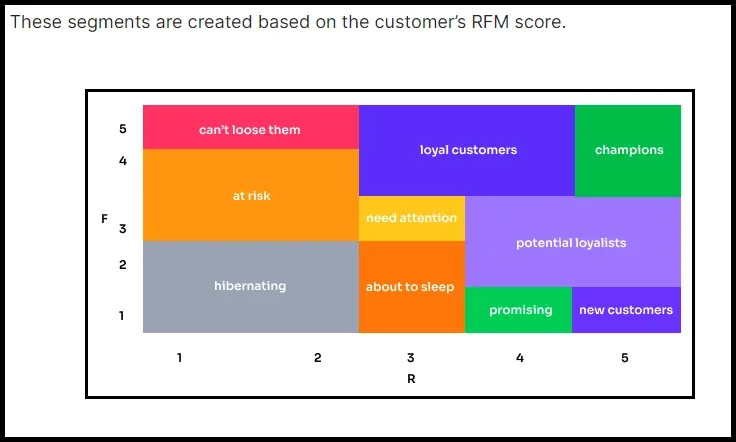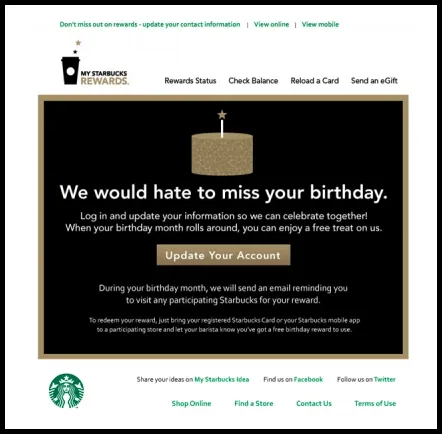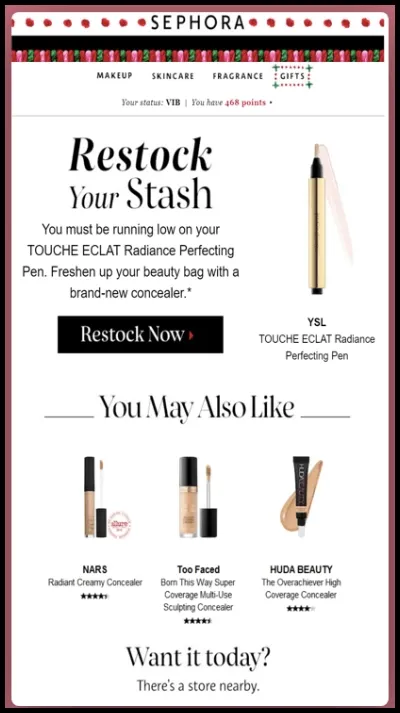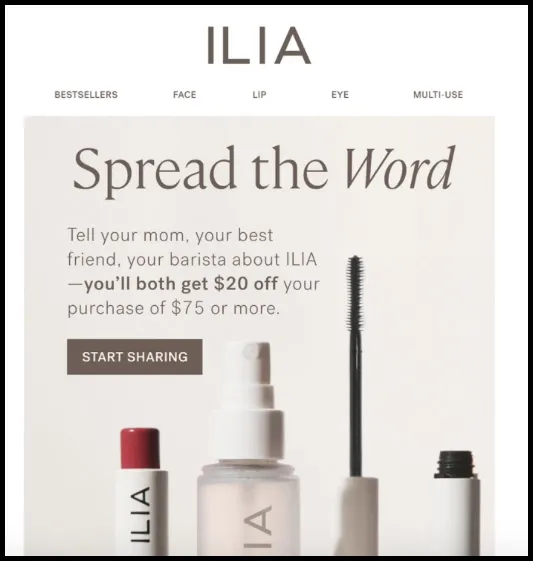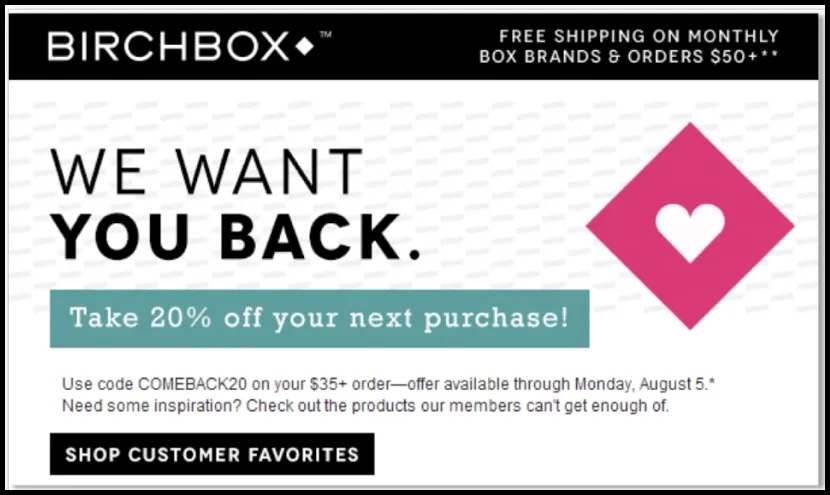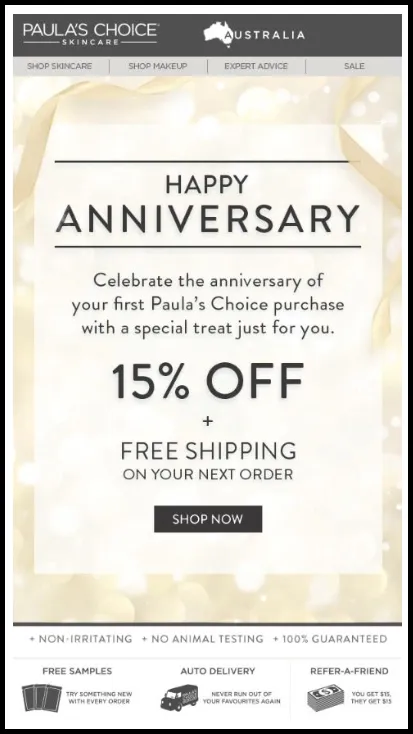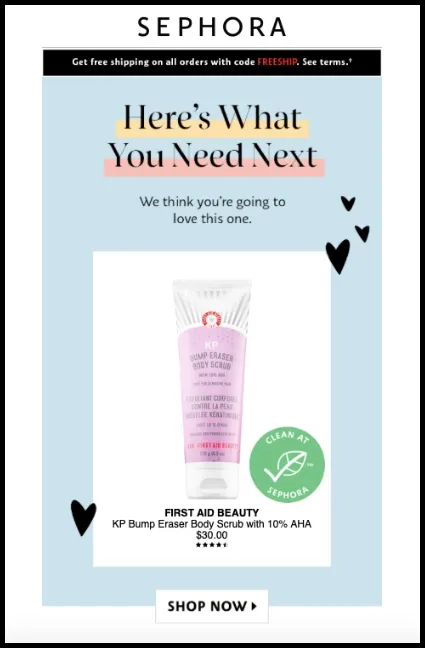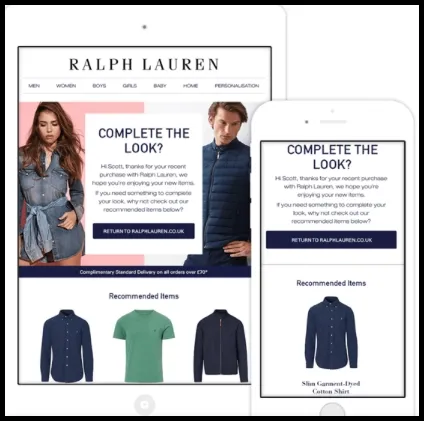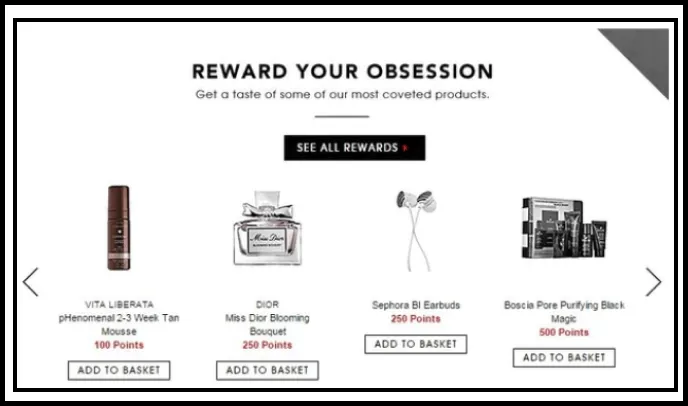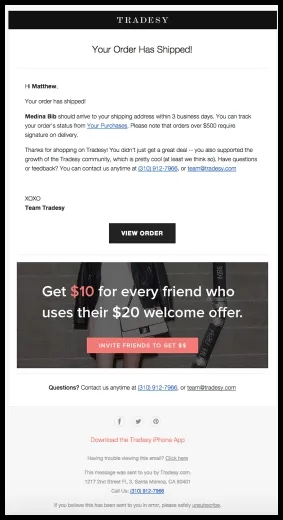Customer retention is the key to long-term business growth and success. As Brian Balfour (Former VP of Growth – HubSpot) rightly says, “If your retention is poor, then nothing else matters.” Failure to retain existing customers and focusing on only acquiring new ones is futile. This does not mean that lead generation and acquiring new customers are not important, however, one can’t and should not undermine the value of customer retention.
A repeat customer that demonstrates a high level of engagement with a brand is likely to spend 60% more per transaction than a new one. Increasing customer retention by a mere 5% can translate to profits anywhere between 25% to 95%. Now that’s some motivation. But the big question is, are you as a business doing enough to convert your customer into a repeat customer?
Customer retention is dependent on one thing, effective communication. In this blog, we help you unleash the potential of two most effective communication channels in your arsenal, SMS, and email. Let’s deep dive into understanding how you as a DTC business can design and implement an effective email and SMS marketing strategy for customer retention.
While we have been harping so much on the importance of customer retention and why businesses should do it, understanding what customer retention is all about is vital to increase retention and planning effective retention strategies. So let’s get cracking.
Decoding Customer Retention
In the simplest terms customer retention is all about keeping your customers and not letting them go. It is a measure of how many users keep coming back to use your product or service over time. The effort brands put into building relationships with existing customers, delivering memorable experiences, making every interaction count, and going that extra mile to meet customer expectations fosters loyalty that encourages customers to return to purchase products or services. All of these efforts collectively are customer retention.
Customer Retention Rate
The metric to track customer retention is Customer Retention Rate (CRR). CRR is an indicator of the percentage of customers a business is able to retain (customers who continue to buy from the same brand) over time. It takes into account the number of new customers a business attracts and the number who leave or churn (those who stop purchasing, cancel their contracts or subscriptions, etc). CRR determines how successful a brand is in convincing old customers and first-time buyers to purchase from them again. It plays a significant role in increasing the customer lifetime value for a business.
Calculating Customer Retention Rate
CRR can be calculated using the below formula
calculating-customer-retention-rate
Let’s understand this better with a use case.
An apparel brand started its last quarter of the year (1st Jan ’22) with a customer base of 1000 customers. In the next 3 months from Jan ’22 till Mar ’22, they onboarded around 400 new customers, but they also lost 200 customers. So what would be the CRR?
Customers as of 31st Mar ’22 = (1000 + 400) – 200 = 1200
Customers as of 1st Jan ’22 = 1000
CRR = (1200 – 400 / 1000) X 100 = 80%
However, CRR rates vary from industry to industry. A consistently growing retention rate is an indicator that you are headed in the right direction. Customer retention has more benefits than you can imagine.
- Old customers are a goldmine of data and can provide valuable insight and feedback for new product launches and marketing initiatives.
- They have the potential to be your brand ambassadors, you get many new leads purely by their word-of-mouth recommendations.
- Not to mention great long-term profits and customer lifetime value (CLV).
Acquiring a new customer and making your first sale is half the job done. However, by employing the right strategies, retaining your customers is not all that difficult. Let’s look at how the right Email and SMS marketing strategy can help you retain existing customers.
Actionable Customer Retention Strategies with Email and SMS Marketing
Email and SMS marketing continue to be a favorite with marketers around the globe and for a good reason. An SMS and email when done right make the customer feel special and valued. There are a number of ways marketers can effectively utilize Email and SMS marketing to boost customer retention and engagement with the target audience.
Let’s walk through strategies that do the job best and also take inspiration from brands that have mastered the art of leveraging email and SMS communication to retain customers.
1) An omnichannel approach
48% of Americans use emails and 28% use texts or messaging apps to reach out to a small business making both channels an effective and direct way to communicate with customers. Do not think of an omnichannel experience just as a strategy to acquire new customers or communicate with them, it can be a powerful tool to retain customers too. The way you approach and communicate with customers through email and SMS can be both conversational and automated. Read on to know 3 simple methods to develop an omnichannel strategy.
Retaining a customer who just bought your product with effective automated email and SMS communication will look something like this:
Keep the customer informed: By deploying an automated email and SMS strategy a brand can send an email and SMS updates about the status of the order placed and shipment/delivery updates automatically which helps build trust and confidence towards the brand in the customer.
Contact details at their fingertips: Including the customer care number and email ID in a post-purchase SMS and email sent out to a customer makes it super convenient for them to connect with the brand in case they have any queries regarding shipping, payment, or delivery.
Post-purchase communication: The order has finally been delivered, sending a post-purchase SMS and email communication offering a special discount on the next purchase or a referral code to share with friends and family or an offer to nudge the customer to engage with your brand more and make more purchases.
By implementing an omnichannel strategy you can keep your email and SMS communications in one place making it easy for your after-sales team to respond to customer queries.
2) Segment your audience
Personalization is the key to success when communicating with your target consumer and segmenting your audience helps you achieve that. Segmentation is essential of the following two types:
- Behavior segmentation: This refers to the process of dividing customers into segments based on their past buying behavior such as:
- How many times did they visit your website before making a purchase?
- Which promotional message – free shipping or promo code nudged them towards a higher-value product purchase?”
- Frequency of cart abandonment
- Average time spent browsing the website
The illustration below depicts metrics online DTC brands normally track to segment customers.
strategies-to-increase-customer-retention-behavior-segmentation
RFM segmentation – RFM stands for Recency Frequency Monetary value where:
Recency (R): How recently a customer has made a purchase.
Frequency (F): The rate at which the customer purchased from your business.
Monetary Value (M): The total monetary valuation of the purchases made by the customer.
RFM analysis in retail helps understand different groups of customers, and their purchase history, analyze their shopping patterns and spot the most valuable customers from the rest.
strategies-to-increase-customer-retention-rfm-segmentation
Proper customer segmentation helps send the most relevant SMS and emails to customers which generates interest and curiosity, high email and SMS open rates, and translates to higher conversions and repeat purchases.
3) Automate trigger-based Emails and SMS
Here are 5 flows that you should implement right away.
Win-back series:
A win-back campaign can help brands re-engage with their inactive customers through integrated marketing and personalized digital engagement. Any customer who has not been interacting with your brand for more than 90 days is a contender for a killer win-back email strategy. When done right, win-back campaigns not only help brands get their customers back but retain them for a long time just as Starbucks did.
strategies-to-increase-customer-retention-automate-win-back-series.webp
We love how Starbucks accomplishes so many things with this one single win-back email campaign. First, it makes the customer feel valued and not forgotten on their special occasion despite the customer not engaging with the brand for a long-time. Second, it excites the customer by giving a no strings attached voucher to enjoy a free treat on their special occasion. Third, get the latest information about the customer and fourth get them to install the app to avail of the offer ensuring repeat orders in the future.
A brilliant masterstroke at winning back customers just like their perfectly aromatic cup of coffee.
Replenishment Flow:
A replenishment flow email alerts customers when they are running low on your product. If you run a DTC brand that works on a subscription model for consumables that need to be replenished from time to time, sending a replenishment reminder email with a cart curated for products to be ordered with a single click is a great way to make sure customers buy from you again and again instead of trying competition.
strategies-to-increase-customer-retention-automate-replenishment-flow
We love Sephora’s replenishment email where the CTA clearly stands out. It is large and prominent and demands quick attention. By using the phrase “restock your stash” Sephora makes sure to get repeat business from customers who have already purchased some of its best sellers.
Post-purchase discount:
Sending a discount coupon with a post-purchase confirmation email is a great way to get repeat sales. A great way to drive loyalty and retention, brands can ensure a quick repeat purchase by providing a time-bound coupon and adding social proof to drive conversion.
strategies-to-increase-customer-retention-automate-post-purchase-discount
Ilia is a cosmetic brand, we love this brilliant piece of post-purchase discount email they have sent. Not only are they offering a discount coupon for the next purchase but also giving the option to share the discount coupon with friends and family to drive more sales.
New Customer Discount:
New customer discounts are one way you can incentivize customers to quickly become repeat customers. It’s effective because it’s a note of gratitude and a reason to bring the customer back to your store.
strategies-to-increase-customer-retention-automate-new-customer-discount-flow
This email from Birchbox is an excellent example of how to get your new customers to buy again from you. By providing a 20% discount code they entice their new customers to take immediate action.
Anniversary discount flow:
With an anniversary flow, you can show your customers that you care about them on a personal level by remembering crucial milestones in their customer journey. In addition, offering discount codes is a great way to show appreciation to your customers, foster loyalty, and get them to use your product again if they’ve not visited your store in a while.
strategies-to-increase-customer-retention-automate-anniversary-discount-flow
Paula’s Choice goes above and beyond for their customers on their special day by offering a promo code and free shipping. You can show the customer how valuable they are to your brand by addressing them directly with phrases like “your first purchase,” “offer only for you,” and “a special reward just for you.”
4) Send hyper-personalized product recommendations
Offering suggestions for similar products a customer just bought may not be a new thing but it is for sure an effective strategy to drive repeat sales. Sending product recommendations of related products can help brands significantly boost the conversion rate, regain lost customers, and increase the average purchase value.
strategies-to-increase-customer-retention-hyper-personalized-product-recommendations-from-sephora
We love the way Sephora acknowledges the earlier purchase of a moisturizing cream by the customer and makes a recommendation to buy a face scrub from the same brand to the customer. Recommendation emails are a great way to encourage customers to browse for product categories they might not have explored earlier on your website. It goes without saying though that such product should be related to what the customer has purchased as most likely it would be of relevance to them.
5) Cross-sell on transactional email and SMS
The industry average for the open rate of transactional emails is 80-85%. Brands must leverage this opportunity and include relevant product recommendations to cross-sell.
Dollar Shave Club excels at this by offering customers who buy razors a cross-sell of a toiletry bag. Obviously, if you have even a modestly extensive product catalog, it won’t be feasible to create a separate cross-sell email automation for each and every item. Instead, you might want to set up recommendations at the level of the product category.
strategies-to-increase-customer-retention-cross-sell-on-transactional-emails-and-sms-like-dollar-shave-club
Another great example of a cross-sell is this ‘complete the look’ mailer from Ralph-Lauren which thanks the customer for the purchase made and makes recommendations for products that would complement well with the earlier purchase.
strategies-to-increase-customer-retention-cross-sell-on-transactional-emails-and-sms-like-raph-lauren
6) Drive loyalty and referral programs
Customers who come from a referral stick around longer and spend more. Having loyalty and referral programs is a great way to keep customers coming back and lower the cost of getting new ones.
strategies-to-increase-customer-retention-loyalty-and-referral-programs
In the direct-to-consumer (DTC) space, Sephora’s Beauty Insider is a very popular loyalty program. Up to 80% of the brand’s annual sales come from customers who sign up for this program.
Many people don’t shop at Sephora because its prices are too high. But Beauty Insider members can turn their rewards points into gift cards and discounts to help cover the costs of making the products.
7) Deliver exceptional customer support
Latest research reveals that a business can lose 58% of its customers because of poor service. That’s not it, 89% of customers will make a switch to competition if customer support is not up to the mark. So much for what may seem like a minor lapse. With so much competition it is important to deliver customer support through all channels they communicate with the brand SMS, chats, and emails included.
strategies-to-increase-customer-retention-deliver-amazing-customer-support
We love how this order shipment confirmation email by Tradesy packs in all the important information related to the order. Not only does the email list out all order and shipment-related information and next steps but it also includes a referral offer to share with friends and family, a brilliant move.
8) Use engaging subject lines and compelling CTAs
The subject line is like a teaser to your email. It is the first thing your audience will see, so it’s important to make it interesting and compelling. Use language that compels the reader to take action. Also, make sure the subject line clearly indicates what the email or SMS is about. Strategically place CTAs such that the reader is compelled to take an action you want them to like clicking a link to subscribe or make a purchase.
Closing thoughts
We are living in times where we are constantly being bombarded with information, promotional launches, and new brands entering the market every second day. The risk of losing out customers to competitors is bigger than ever. Brands really need to cut through the noise and make an impact. Though acquiring new customers is important, retaining existing ones is not only good for long-term business but also a cost-effective option when compared to lead generation and customer acquisition.
As a business, make good use of all communication avenues available to you, more so the tried and tested channels such as SMS and emails. Armed with the right strategies you would be pleasantly surprised beyond your imagination with the outcomes.
You may also like
Essential resources for your success
